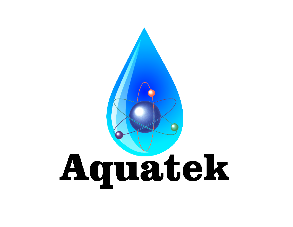My neighbor is on city water; why dose he have two water softeners?
Q:
My neighbor is on city water; why dose he have two water softeners?
A:
Municipal water (i.e. city water or county water) has a multitude of
contaminants that well water dose not suffer from. While well water has
certain contaminants that have to be dealt with, they do not suffer from
municipal contamination known as contaminants of emerging concern. If
your neighbor has two tanks with two controllers on top of them, he
likely has a water softener and an automatic carbon unit. There are a
lot of people today concerned about their water quality, even though it
comes from a city or county water treatment system. These people are
taking the measures to make sure the water is clean, not just for
drinking but, for bathing as well.
Municipal water has hardness
just like well water does and usually is in the range of 9 - 14 grains
of hardness; a water softener will remove this hardness while, a carbon
unit will remove a lot of the chemical contamination. While other
filtration would be needed to remove even more contaminants such as
fluoride, a water softener and a carbon unit is a huge one - two punch
in decontaminating the water and it is better to have filtration than
not.
Sometimes chemicals that had not previously been
detected (or were previously found in far lesser concentrations) are
discovered in the water supply. These chemicals are known as
“contaminants of emerging concern” or simply "emerging contaminants."
Emerging contaminants are important because the risk they pose to human
health and the environment is not yet fully understood.
Pharmaceuticals,
personal care products (PCPs) and endocrine disrupting compounds (EDCs)
are among the prime examples of emerging contaminants. Up to 90% of
oral drugs pass through the human body and end up in the water supply.
Personal care products (soaps, cosmetics, fragrances, etc.) also find
their way into our water. Endocrine disruptors are substances that may
interfere with the function of hormones in the body. Trace amounts of
these contaminants are being discovered in water throughout the country.
The U.S. EPA is working to improve its understanding of several
emerging contaminants, including perchlorate, pharmaceuticals, PCPs and
EDCs.
Should I be concerned?
With advances in testing and
health research, experts are learning of new potential dangers in our
drinking water. In many cases, the possible harms are not yet fully
known but people are not taking any chances.
How do I know if they're in my water?
Home
testing for many newly discovered threats does not yet exist. In some
cases, state laboratories can test for these contaminants or local
professionals can provide water treatment to address them. Public health
advocacy agencies and government bodies also conduct surveys to find
some of these contaminants.
How can I prevent them?
To feel
confident you are protecting yourself against contaminants, you should
seek devices that have been rigorously tested and certified to
independent standards. Experts in testing are constantly working to
develop new standards to meet emerging threats. This is why we are proud
to deal in equipment that has been independently tested and certified
by the Water Quality Association (wqa.org).
